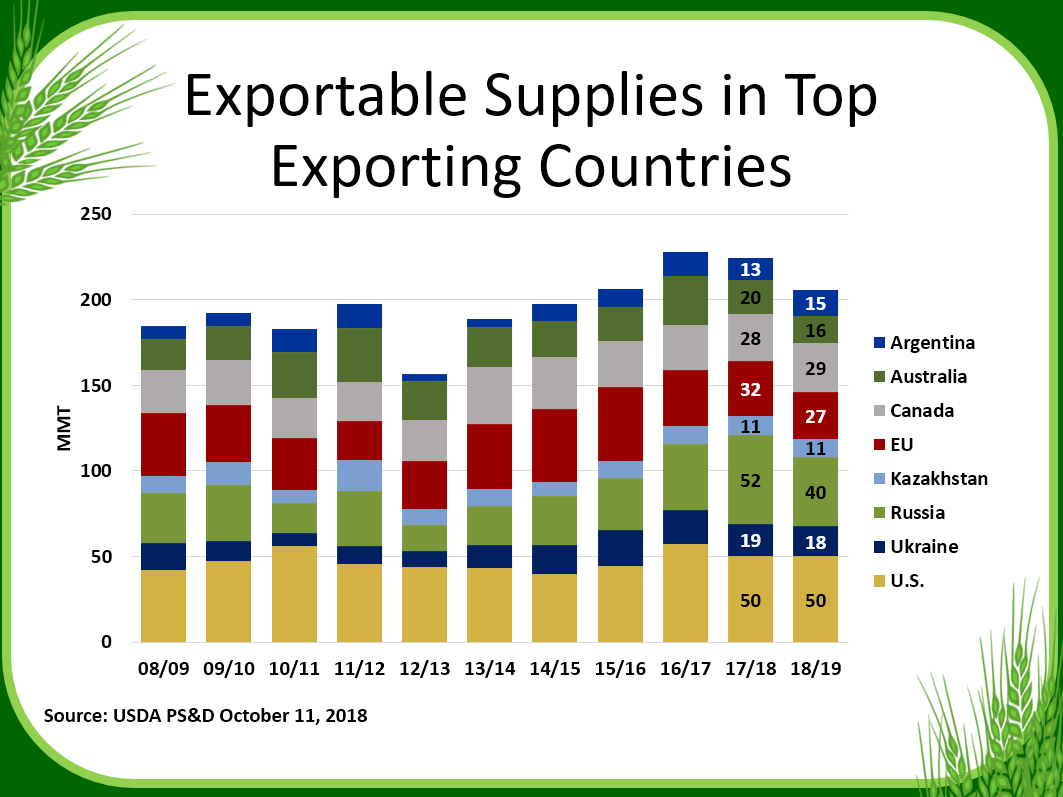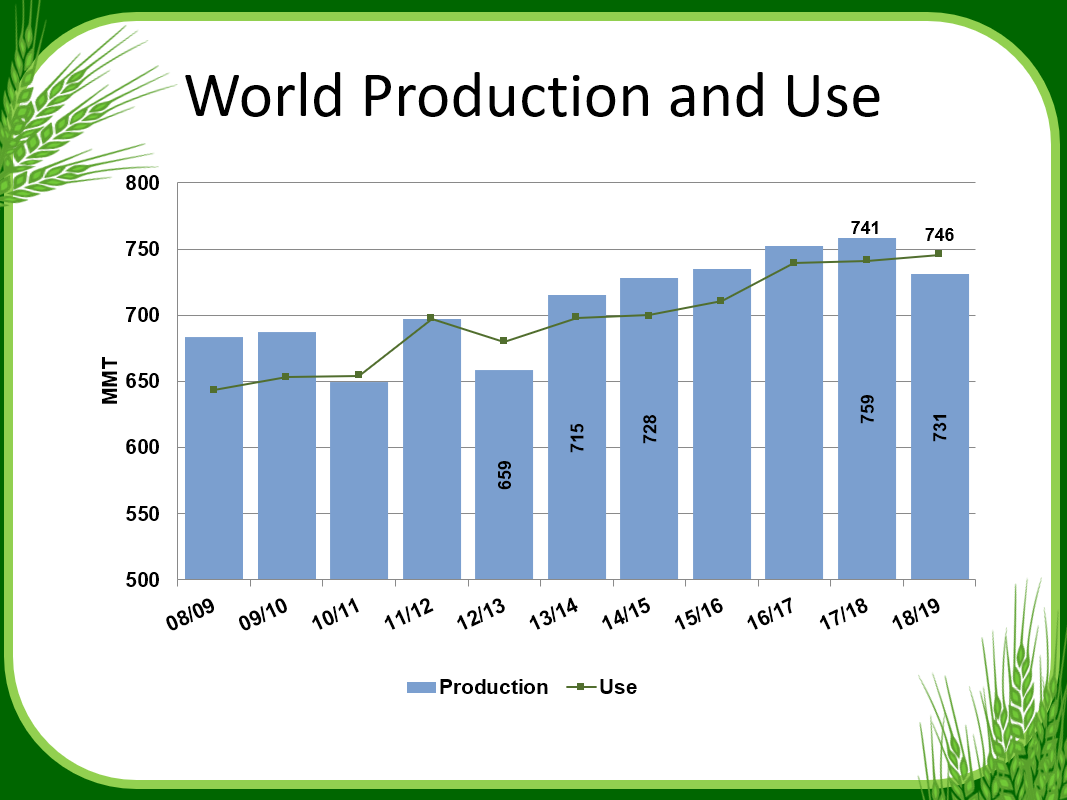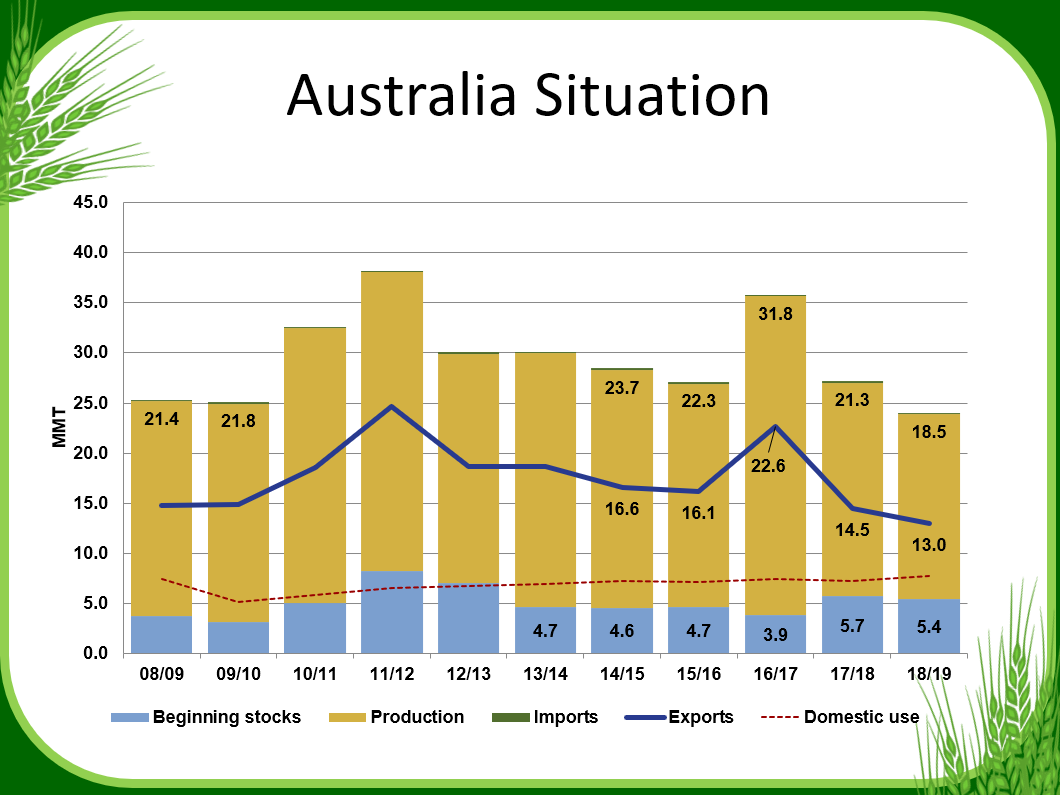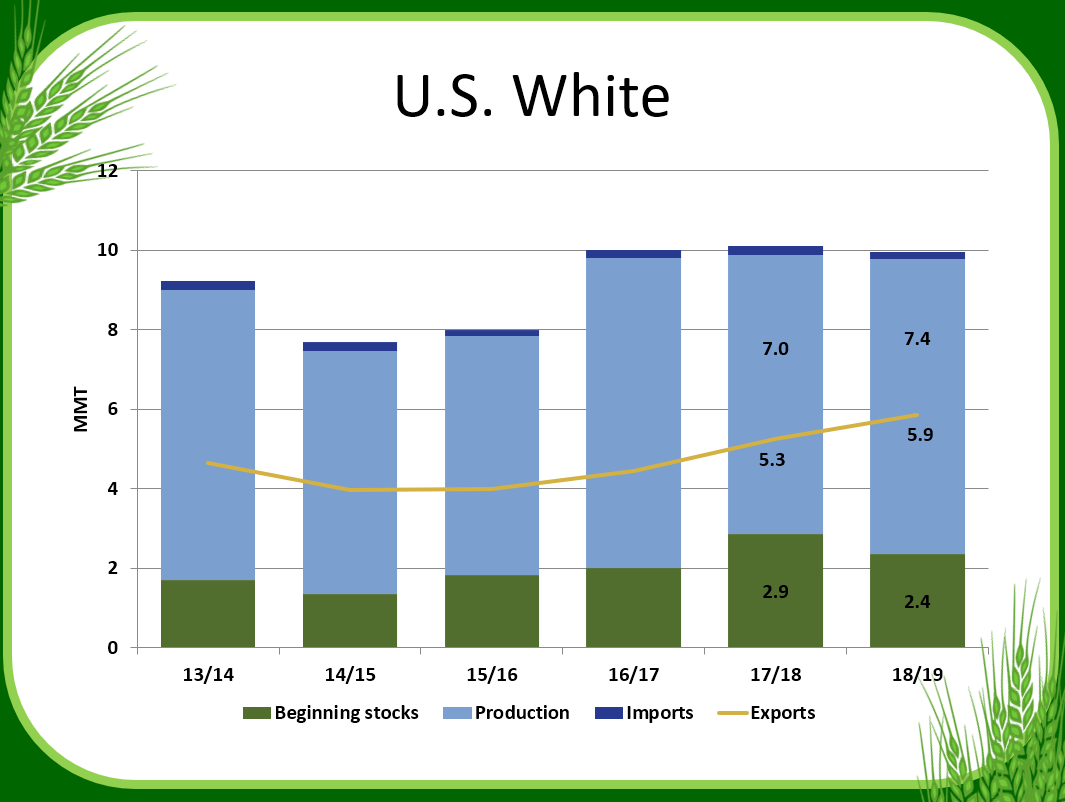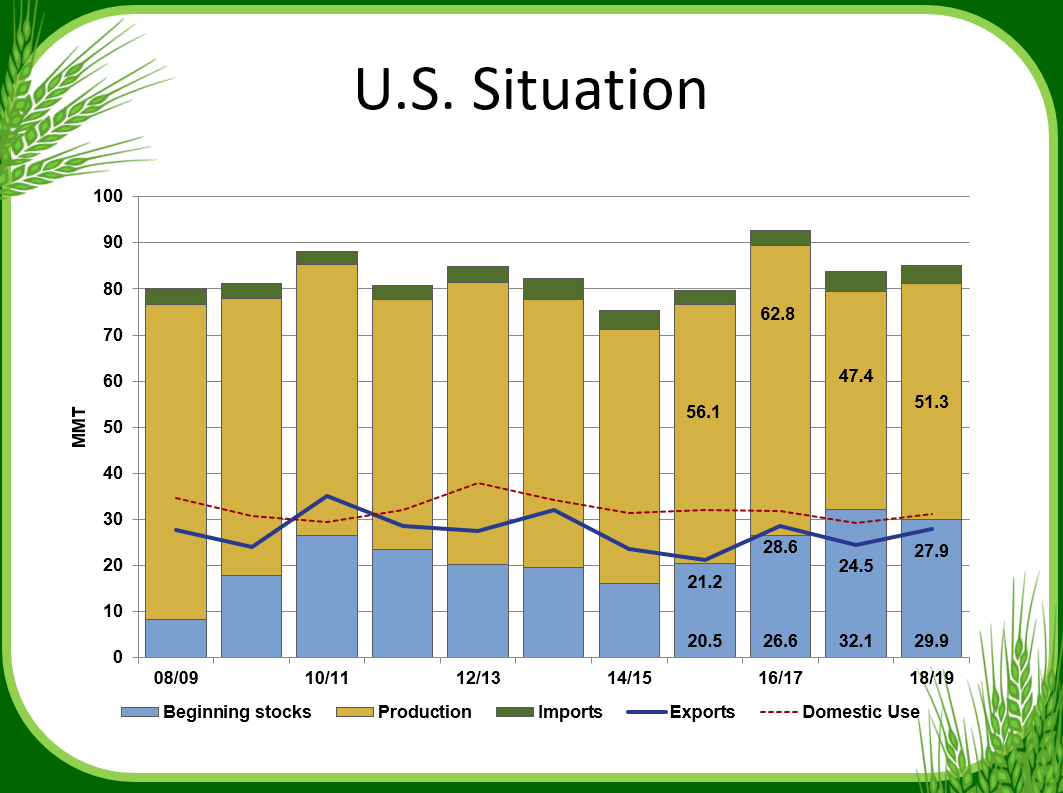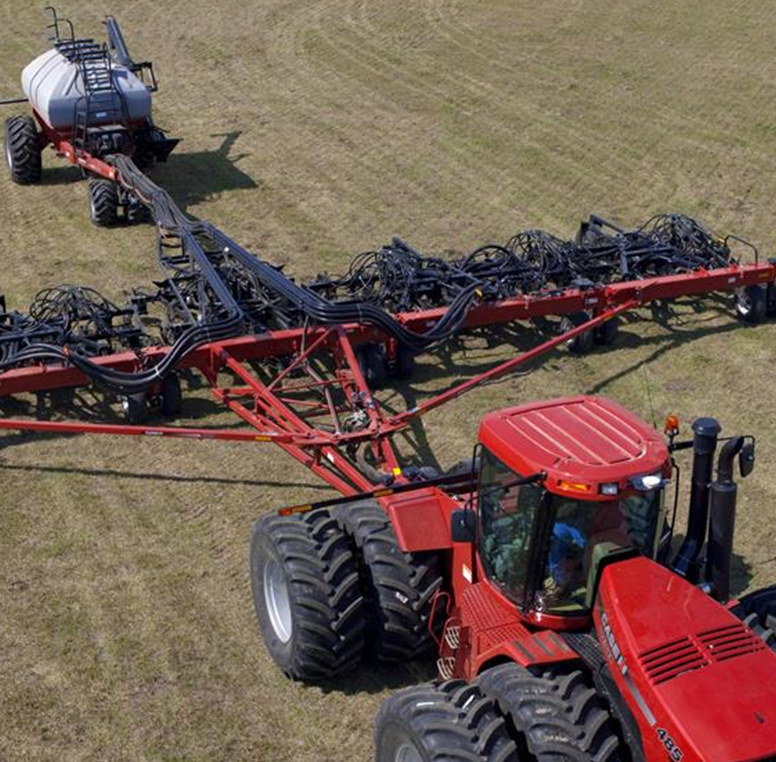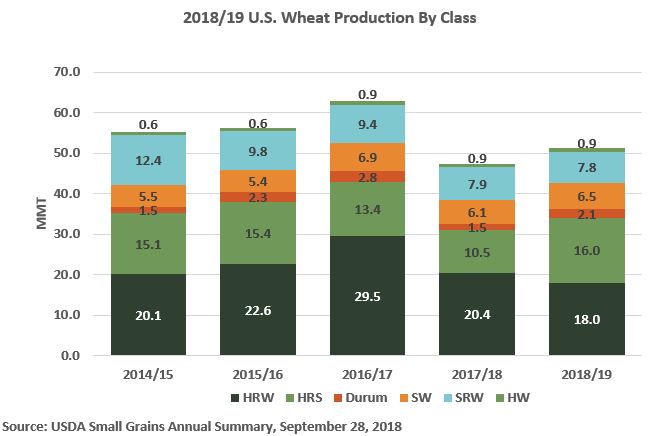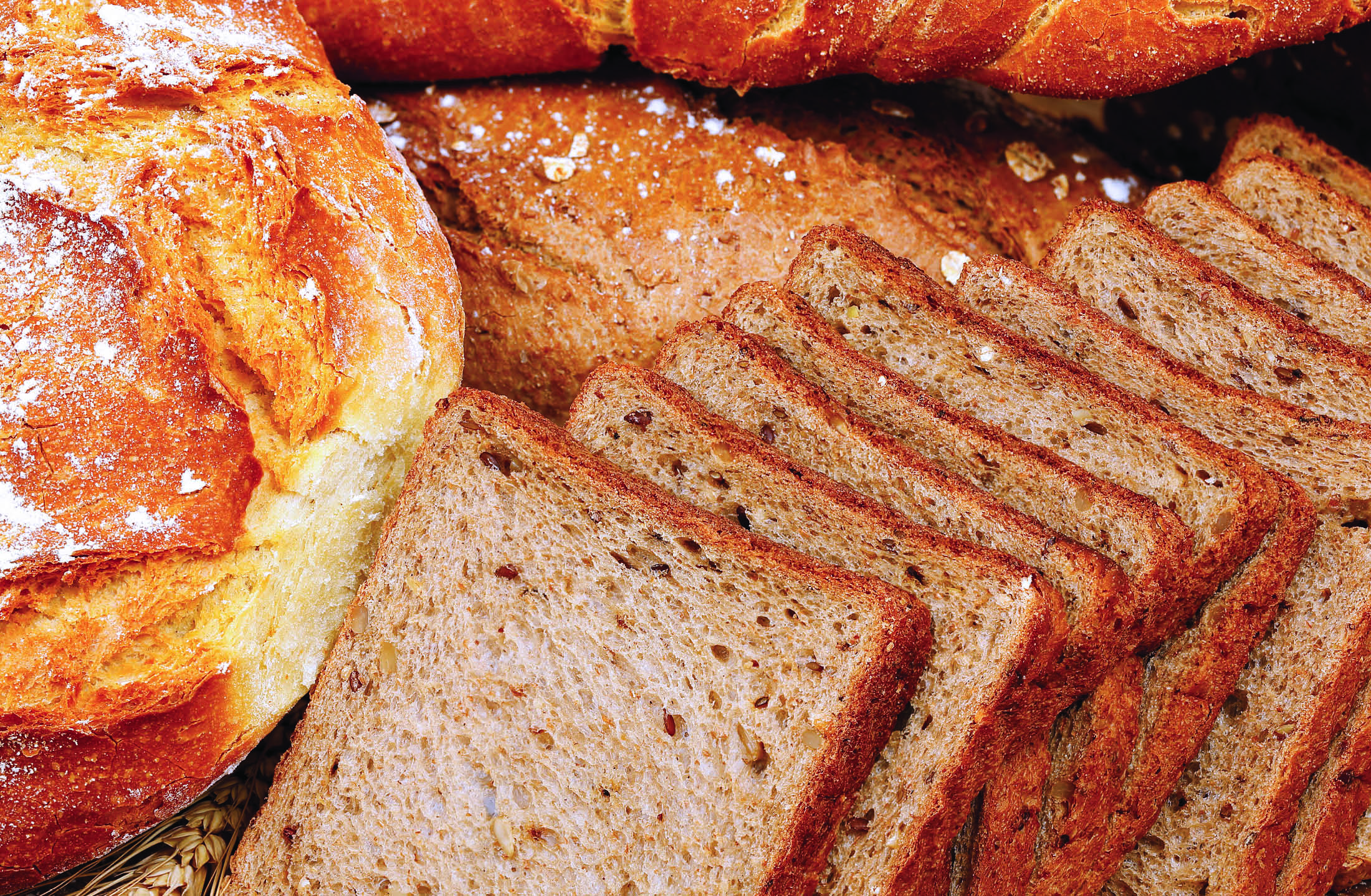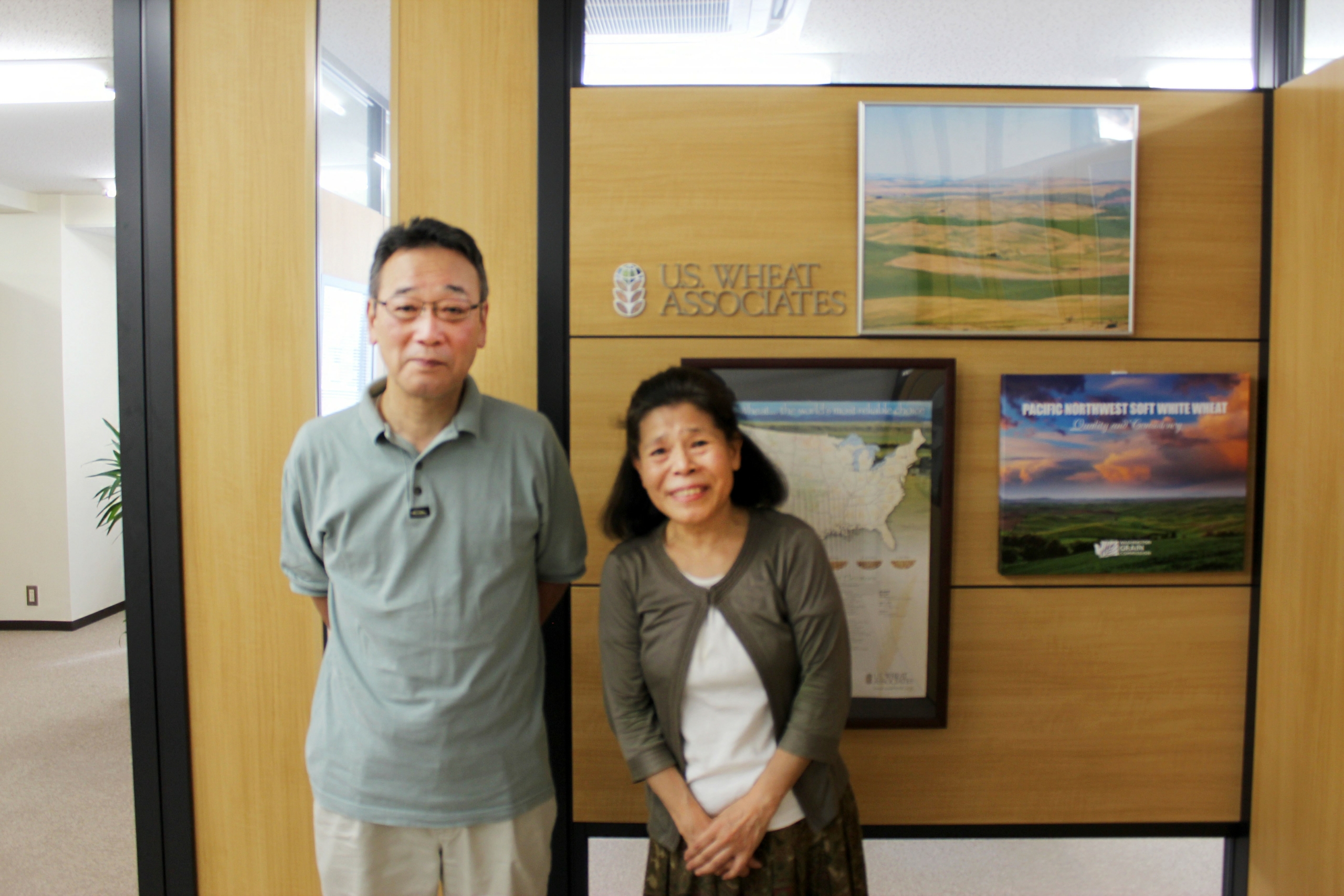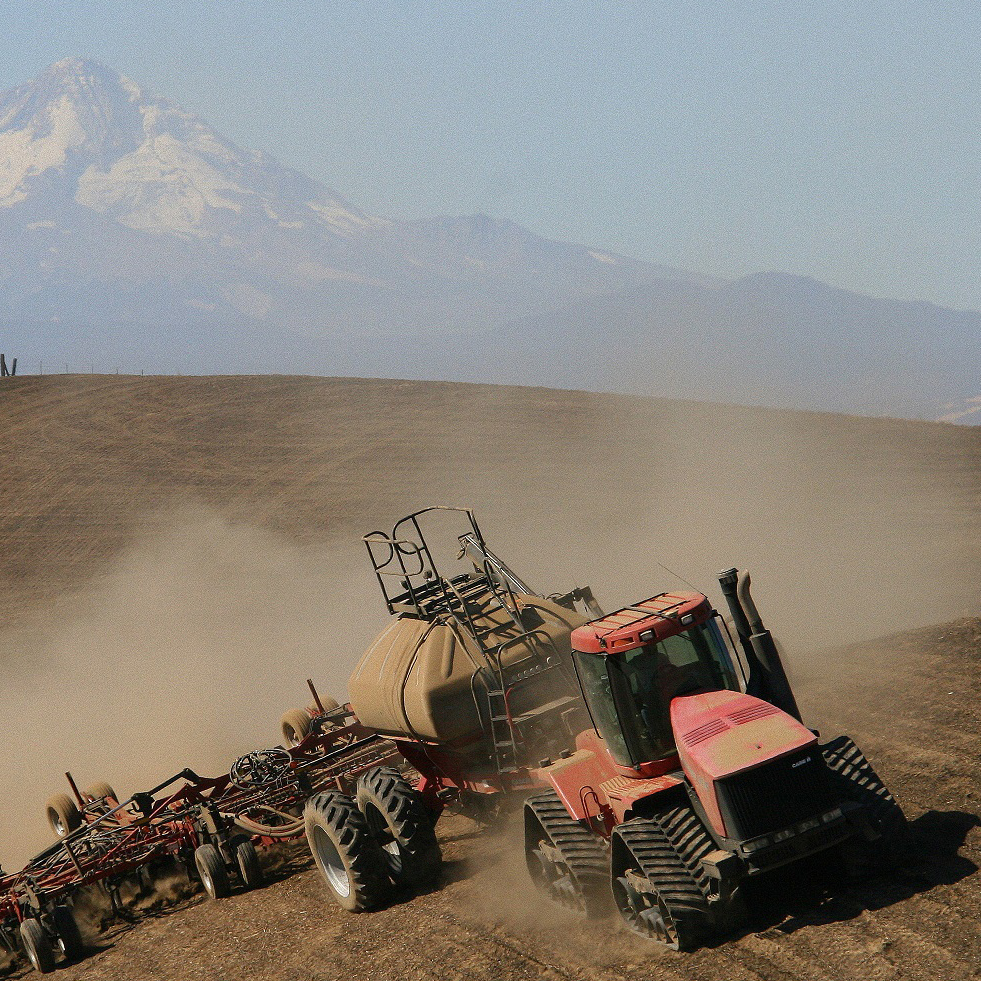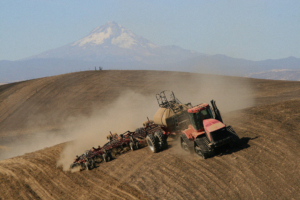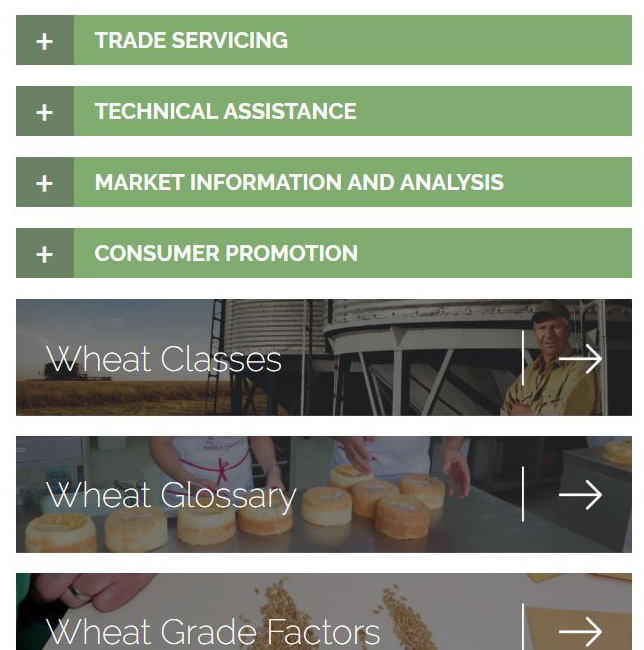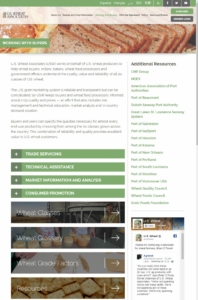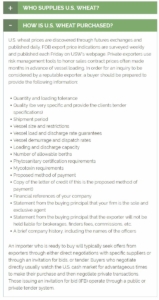In a year when limited exportable quantities of U.S. hard white (HW) wheat are available, the good performance in milling, dough rheological properties and end products, including pan breads, Asian noodles and steamed breads reflect growing conditions and varietal improvements in the 2018 HW crop.
The 2018 crop was grown primarily in Kansas, Colorado, Idaho, California and Nebraska with some production in Montana, North Dakota and South Dakota. U.S. Wheat Associates (USW) estimates 2018 HW production at 894 metric tons (MT), up slightly from 2017’s 883 MT reported by USDA.
Wheat and Grade Data: All six composites graded U.S. No. 1 with test weight ranging from 60.5 to 64.2 lb/bu (79.6 to 84.4 kg/hl). The value ranges of composites are: dockage from 0.0 to 0.6%; wheat moisture from 8.4% to 11.2%; wheat protein from 11.1% to 13.3% (12% mb); wheat ash from 1.37% to 1.59% (14% mb); kernel hardness from 53.3 to 78.2; and kernel diameters from 2.61 to 2.99 mm. The thousand kernel weights (TKW) of Pacific Northwest (PNW) and California low- and high-protein composites are greater than 31.8 g. The TKW values of Southern Plains medium- and high-protein composites are 34.7 and 29.7 g, respectively. Falling number values of 360 sec or higher for all composites indicate all samples are sound.
Flour, Dough and Baking Data: Buhler laboratory mill straight-grade flour extractions range from 71.1% to 74.4%; L* values (whiteness) from 90.4 to 91.9; flour protein from 10.3% to 13.0% (14% mb); and flour ash from 0.42% to 0.48% (14% mb). These values are within the historical ranges of HW flour.
Flour wet gluten contents range from 27.2% to 35.2% depending on flour protein content. Amylograph peak viscosities are between 873 BU and 946 BU, which show good starch pasting properties suitable for Asian noodle applications for all samples. Starch damage values are in the range of 3.6% to 7.8%. Lactic acid SRC values are 139% to 160%, indicating medium to strong gluten strength.
Farinograph water absorptions range from 56.9% to 63.3% and stability times from 9.3 min to 19.5 min, exhibiting the typical HW medium to strong dough characteristics. HW farinograph water absorption is usually similar to that of HRW, but longer stability time indicates more tolerance to over-mixing. The ranges of alveograph values are: P values 64 mm to 98 mm; L values 76 mm to 109 mm; and W values 220 to 317 (10-4 J). Extensograph data at 135-min resting show maximum resistance in the range of 741 BU to 1237 BU, extensibility from 14.5 cm to 22.7 cm and area from 147 cm2 to 218 cm2.
Most samples show good baking performance relative to protein content, with bake absorptions in the range of 61.8% to 68.5%, loaf volumes of 754 cc to 883 cc and crumb grain and texture scores of 6.8 points to 7.0 points.
Noodle Evaluation: HW flours and a control flour were evaluated for both Chinese raw noodles (white salted) and Chinese wet noodles (yellow alkaline). For Chinese raw noodles, the L* values at 0 hr of production and after 24 hr of storage at room temperature are acceptable for all samples except for the PNW, California and Southern Plains high-protein composites, which have L* 24-hr values of 71.9, 70.5, and 71.5, respectively (72 is the minimum value at 24 hr). The sensory color stability scores of all samples are lower than the control noodle score of 7.0. Cooked noodle texture is softer for PNW and California low-protein composites due to the protein content. For Chinese wet noodles, sensory color stability scores are acceptable except for the California low- and high-protein composites and Southern Plains high-protein composites. The cooked noodle texture values of all Chinese wet noodles are acceptable. Overall, this year’s HW samples will produce noodles with more acceptable color if low ash patent flour is used.
Steamed Bread Evaluation: HW flours were evaluated for Asian steamed breads in comparison with a control flour. Results show most samples are acceptable for steamed breads except for the PNW low- and high-protein composites, the total scores of which are low. Blending a small percentage of SW flour with high protein HW flour would improve overall steamed bread quality.



